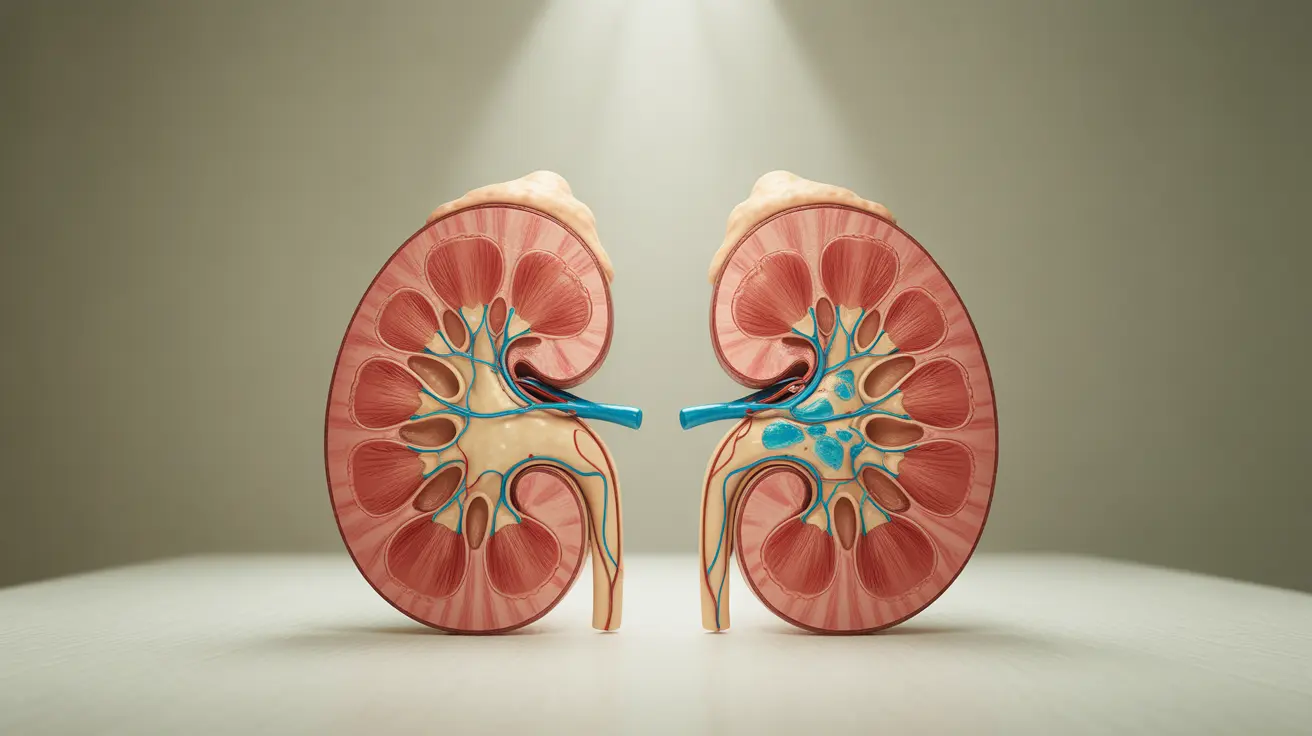Heart disease has been affecting human health since ancient times, though our understanding of this condition has evolved dramatically over centuries. From early observations in ancient civilizations to modern medical breakthroughs, the journey of discovering and understanding heart disease reflects humanity's persistent quest to combat one of our most significant health challenges.
Ancient Origins and Early Understanding
The earliest documented observations of heart disease date back to ancient Egypt, around 1550 BCE. The Ebers Papyrus, one of the oldest known medical texts, contained descriptions of chest pain and heart problems. Ancient Egyptian mummies have also provided evidence of atherosclerosis, suggesting that heart disease has been affecting humans for millennia.
In ancient Greece, Hippocrates (460-370 BCE) made significant contributions to understanding heart-related conditions. He was among the first to establish the connection between diet, lifestyle, and heart health, laying the groundwork for preventive cardiology.
Medieval and Renaissance Developments
During the Middle Ages, understanding of heart disease remained limited, but significant progress emerged during the Renaissance period. In the 16th century, anatomist Andreas Vesalius revolutionized our understanding of human anatomy, including detailed descriptions of the heart's structure.
William Harvey's discovery of blood circulation in 1628 marked a pivotal moment in cardiac medicine. His work demonstrated how blood flowed through the heart and body, fundamentally changing our understanding of cardiovascular function.
The Modern Era of Cardiac Medicine
19th Century Breakthroughs
The 19th century brought remarkable advances in diagnosing heart conditions. The invention of the stethoscope by René Laennec in 1816 allowed doctors to listen to heart sounds directly. Later in the century, Willem Einthoven developed the first electrocardiogram (ECG), revolutionizing cardiac diagnosis.
20th Century Revolution
The 20th century witnessed unprecedented progress in heart disease treatment and prevention. Key developments included:
- The introduction of open-heart surgery in the 1950s
- Development of coronary bypass surgery in the 1960s
- Invention of cardiac catheterization
- Introduction of statins for cholesterol management
- Advanced imaging techniques like echocardiography and cardiac MRI
Contemporary Understanding and Treatment
Today, heart disease is recognized as a complex condition influenced by various factors, including genetics, lifestyle choices, and environmental conditions. Modern medicine employs sophisticated diagnostic tools and treatments, from minimally invasive procedures to advanced medications and preventive strategies.
Frequently Asked Questions
When was heart disease first discovered or recognized in history?
Heart disease was first recognized in ancient Egypt around 1550 BCE, as documented in the Ebers Papyrus. Evidence of atherosclerosis has also been found in ancient Egyptian mummies, confirming the historical presence of cardiovascular disease.
How did doctors diagnose and treat heart disease before modern technology?
Before modern technology, doctors relied on physical examination, pulse reading, and observation of symptoms. Traditional treatments included dietary changes, herbal remedies, and bloodletting. The invention of the stethoscope in 1816 marked the first significant advancement in cardiac diagnosis.
What are the major milestones in the understanding and treatment of heart disease during the 20th century?
Key 20th-century milestones include the development of the ECG, introduction of open-heart surgery, invention of coronary bypass procedures, development of statins, and advancement of imaging technologies like echocardiography and cardiac MRI.
What are the most common risk factors for developing heart disease, and can I reduce my risk?
Common risk factors include high blood pressure, high cholesterol, smoking, obesity, physical inactivity, and diabetes. Risk can be reduced through lifestyle modifications such as regular exercise, healthy diet, smoking cessation, and stress management.
How is heart disease diagnosed today, and what tests are most commonly used?
Modern heart disease diagnosis involves multiple tools including physical examination, blood tests, ECG, stress tests, cardiac imaging (echocardiogram, CT, MRI), and coronary angiography. These tests provide detailed information about heart structure and function.




